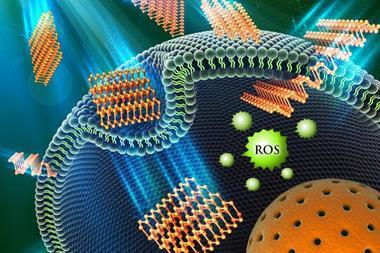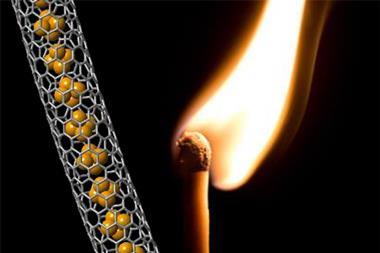Electromagnetic studies offer new potential uses for this elusive allotrope

The 2D allotrope black phosphorus has become easier than ever to create, which has given scientists a chance to investigate whether its electronic properties are as interesting as hoped. Now, a team of Hungarian and German chemists have discovered that not only does black phosphorus living up to its potential, but also has some new properties not previously predicted.
The team analysed samples of black phosphorus using a number of techniques and found that the material behaved as predicted for a number of parameters. The chemists also quantified the microwave conductivity of black phosphorus at a range of temperatures – from 3.7K to room temperature. These analyses showed both an intrinsic and an extrinsic band gap that indicate black phosphorus behaves like a weakly doped semiconductor.
Electron spin resonance data also suggests that black phosphorus may be a good microwave absorber too, something that was unexpected. This property could make it useful for the creation of electronic devices such as frequency inhibitors and testing facilities like anechoic chambers.
References
B G Márkus et al, Phys. Status Solidi B, 2017, 1700232 (DOI: 10.1002/pssb.201700232)

















No comments yet